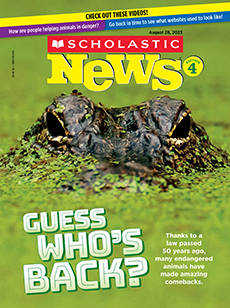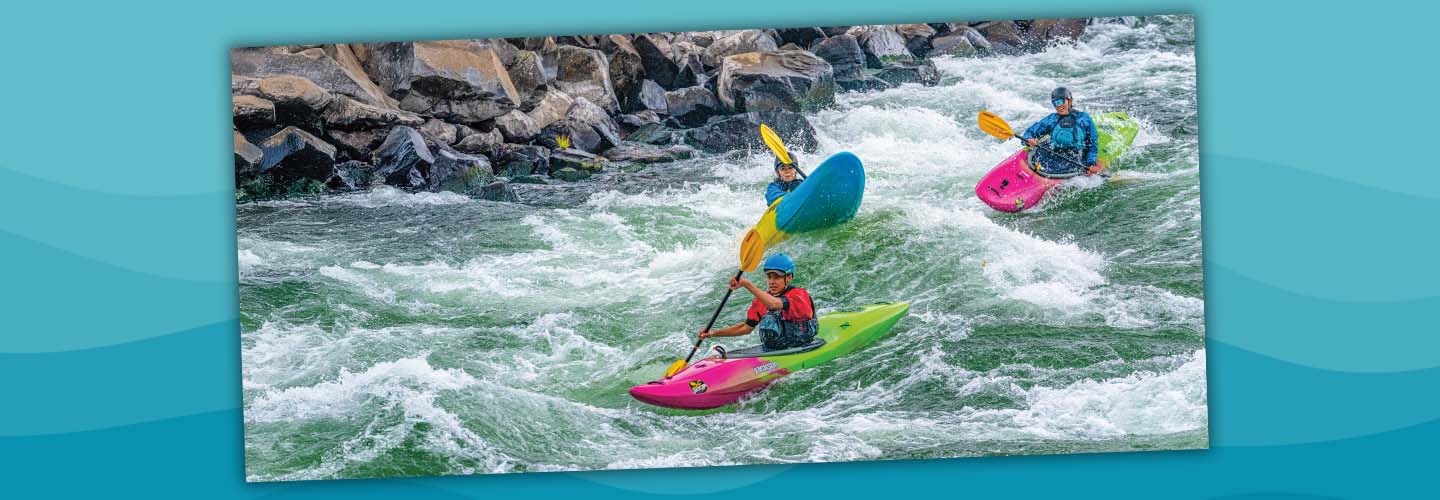Ani Wiki stood at the finish line with her family. A thick fog hung in the air. Finally, she saw them. Her older sister Keeya and dozens of other teens were paddling their kayaks down the Klamath River. Ani and the rest of the crowd cheered. Some shed tears of joy.
The teens were all from seven Native groups that live near the river. And they had just made history. They were the first people to kayak the full length of the Klamath River in more than 100 years.
For decades, dams had blocked the waterway, which is sacred to many Native people. But by the end of 2024, most of the dams were finally removed. To celebrate, Keeya, 17, and the others spent 30 days traveling the river in June and July (see map).
Ani will never forget seeing her sister finish the journey.
“It was so special,” the fifth-grader says.
Ani Wiki stood at the finish line. She was with her family. A thick fog hung in the air. Finally, she saw them. Her older sister Keeya, 17, and dozens of other teens were paddling their kayaks. They were going down the Klamath River. Ani and the rest of the crowd cheered. Some cried tears of joy.
The teens were from seven Native groups that live near the Klamath River. They had just made history. They were the first people to kayak the full length of the river in more than 100 years.
For decades, dams had blocked the waterway. It’s sacred to many Native people. But by the end of 2024, most of the dams were finally removed. To celebrate, the teens spent 30 days traveling the river in June and July (see map).
Ani will never forget seeing her sister finish the journey.
“It was so special,” the fifth-grader says.

